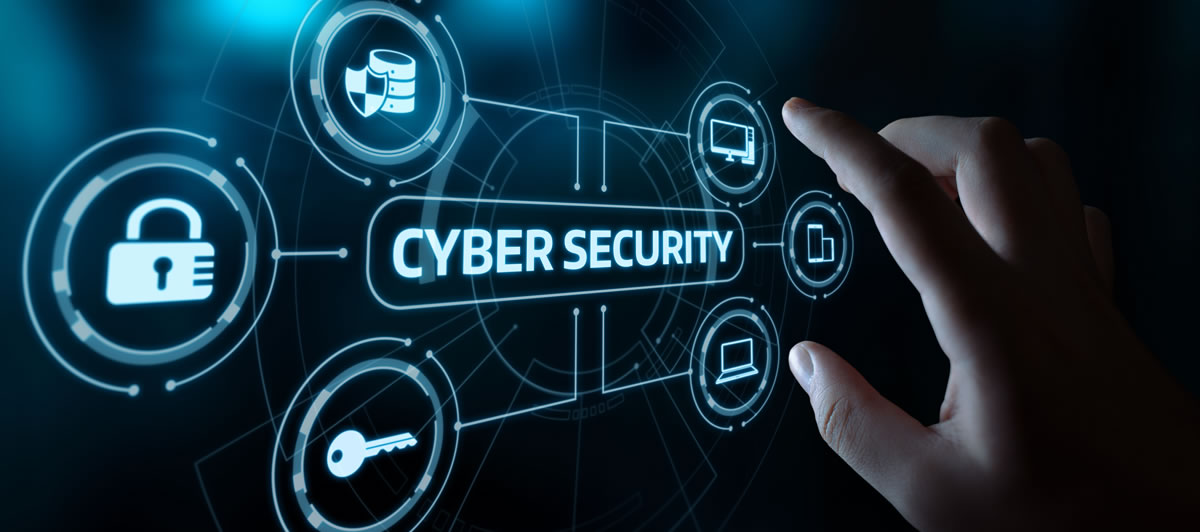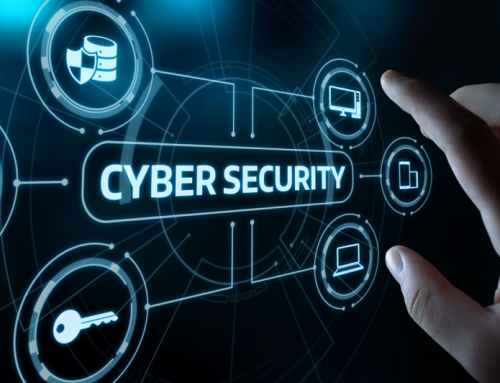If you’ve ever been through a cybersecurity incident, you know it’s not just the security team that gets involved. Sure, analysts are on the front lines digging through logs and isolating compromised systems, but once customer data or business operations are impacted, suddenly legal and PR teams are in the mix too.
That’s where things can get tricky. Analysts tend to think in terms of indicators of compromise and response playbooks, while legal teams are focused on liability and compliance, and PR teams worry about how the incident looks to the public. Bridging those different perspectives isn’t always easy, but it’s absolutely necessary for handling incidents smoothly.
Why Collaboration Matters
Cyber incidents don’t happen in a vacuum. A ransomware attack or data breach can affect everything from regulatory compliance to brand reputation. If the security team operates in isolation, leadership may get incomplete or overly technical updates, and the public response may come across as confusing—or worse, misleading.
By working closely with legal and PR, analysts ensure that:
-
Compliance requirements are met: Legal knows what must be reported and to whom.
-
Public messaging is accurate: PR ensures customers, partners, and the media get the right level of detail without exposing unnecessary technical jargon.
-
Security actions are supported: Analysts get the resources and approvals they need to act quickly.
Common Challenges
-
Different Priorities
Security wants to lock things down, legal wants to minimize liability, and PR wants to protect the company’s image. Those goals don’t always align perfectly. -
Communication Barriers
Analysts may overwhelm non-technical teams with jargon, while legal and PR may push for simplified answers that don’t fully reflect technical reality. -
Timing Issues
Security teams might want to wait until the full scope of an incident is clear before making announcements, but PR may need to respond immediately.
Best Practices for Bridging the Gap
-
Establish Relationships Early
Don’t wait for a crisis to meet your legal and PR counterparts. Regular meetings and cross-team exercises help build trust before the pressure is on. -
Define Roles in Advance
Incident response plans should spell out who does what. Analysts investigate and contain, legal advises on reporting obligations, and PR manages communications. -
Create Joint Playbooks
Instead of having three separate approaches, create integrated playbooks. For example, if a data breach occurs, the security timeline, legal reporting requirements, and PR messaging should all align. -
Practice Together
Tabletop exercises that include security, legal, and PR help everyone understand how their work intersects. These dry runs also surface potential conflicts before they happen in real life. -
Communicate Clearly and Consistently
Analysts should explain technical findings in plain language, while legal and PR should ask clarifying questions. Everyone should agree on what information can be shared externally.
Why This Matters for CompTIA Certifications
This kind of cross-team collaboration is more than just a “soft skill.” It’s something you’ll encounter in CompTIA certifications because it reflects real-world expectations.
-
Security+: Introduces the importance of communication and documentation in incident response.
-
CySA+: Focuses on how analysts analyze findings and coordinate with other business units.
-
CASP+: Emphasizes collaboration at the enterprise level, tying technical efforts to legal and business risk management.
On the exams, you might see scenario-based questions where the right answer involves working with legal or PR instead of acting independently. In the workplace, this skill is what separates good analysts from great ones.
Final Thoughts
When an incident hits, it’s not enough for security analysts to isolate a threat and move on. The legal team needs to ensure compliance, and PR has to maintain public trust. By building strong relationships, defining roles clearly, and practicing collaboration ahead of time, organizations can respond faster, communicate better, and recover with less damage.
For anyone pursuing CompTIA certifications—or just looking to grow as a security professional—remember that cybersecurity isn’t only about the tech. It’s also about people, communication, and teamwork across departments.




